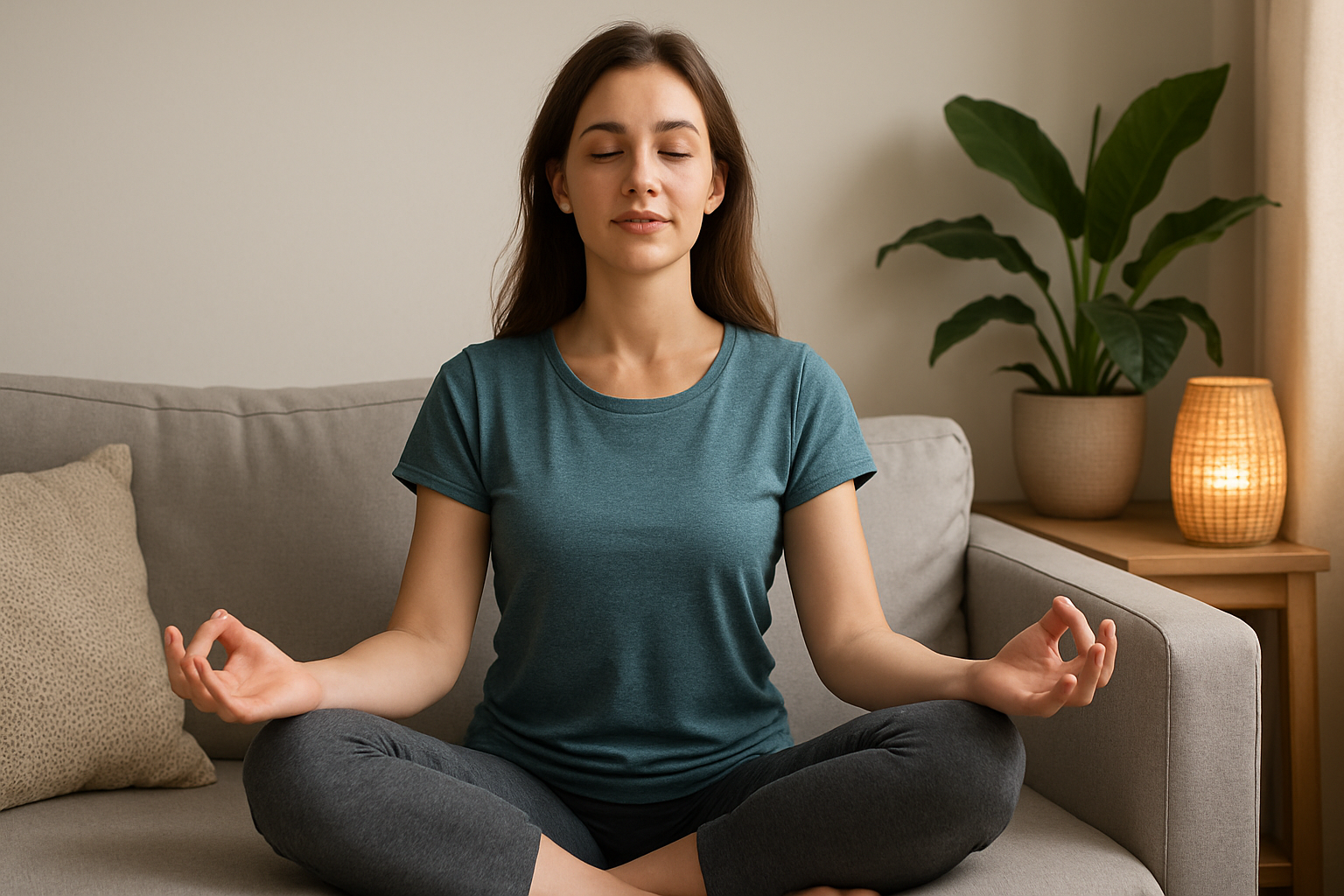In a fast-paced, overstimulated world, our minds are constantly racing — planning the future, revisiting the past, worrying, scrolling, and reacting. As a result, we often miss what’s happening right now. Mindfulness offers a powerful, practical way to return to the present and reconnect with ourselves.
If you’ve heard of mindfulness but aren’t sure how to start, this beginner-friendly guide will show you what it is, why it matters, and how to begin practicing it in your everyday life.
What Is Mindfulness?
Mindfulness is the practice of being fully present and aware of what you’re doing, feeling, or experiencing in the current moment — without judgment.
It means:
- Observing your thoughts and emotions with curiosity
- Paying attention to your senses and surroundings
- Returning your focus when your mind wanders (and it will)
- Accepting the moment as it is, not as you wish it to be
Mindfulness is not about emptying your mind or reaching a state of perfection. It’s about showing up to the present moment with honesty and compassion.
Why Mindfulness Matters
Research has shown that regular mindfulness practice can:
- Reduce stress and anxiety
- Improve focus and memory
- Enhance emotional regulation
- Support better sleep
- Increase self-awareness and empathy
- Boost overall well-being
And the best part? It requires no equipment, memberships, or special background. Anyone can practice mindfulness, anywhere.
How to Start Practicing Mindfulness
You don’t need to meditate for hours to be mindful. Here are simple ways to begin:
1. Mindful Breathing
- Sit or lie down comfortably
- Close your eyes and focus on your breath
- Inhale through your nose… exhale slowly through your mouth
- Notice how the air feels in your nose, chest, and belly
- If your mind wanders, gently bring it back to the breath
Try this for just 1–2 minutes at first. Build up to 5–10 minutes over time.
2. Mindful Eating
- Turn off distractions (no phone or TV)
- Look at your food, smell it, feel the texture
- Take slow bites and chew fully
- Notice flavors and sensations
- Pay attention to when you feel full
This not only enhances digestion, but helps reduce overeating and reconnects you with food.
3. Body Scan
- Sit or lie down and close your eyes
- Bring awareness to each part of your body, starting from the toes upward
- Notice any tension, temperature, or sensations
- Breathe into each area and release tension as you exhale
This practice is especially helpful before bed to promote relaxation.
4. Mindful Walking
- Go for a slow walk in silence
- Feel the ground under your feet
- Listen to the sounds around you
- Notice sights, smells, and textures
- Let go of internal chatter and just observe
Walking mindfully can turn a simple stroll into a deeply calming experience.
5. Mindfulness in Daily Tasks
Bring awareness to routine activities like:
- Brushing your teeth
- Washing dishes
- Drinking tea
- Taking a shower
Focus on the sensations, sounds, and movements. You’ll begin to find stillness even in the mundane.
Tips for Staying Consistent
- Start small: Just 2–5 minutes a day is enough to begin
- Anchor it: Link mindfulness to another daily habit (e.g., right after waking or before meals)
- Be patient: Your mind will wander — that’s normal
- Use gentle reminders: Sticky notes, alarms, or calming phone wallpapers
- Try apps: Insight Timer, Headspace, and Calm offer free guided meditations
Remember: mindfulness is a practice, not a performance.
Common Misconceptions About Mindfulness
- “I’m doing it wrong if I get distracted.”
No — bringing your mind back is the practice. - “I need to clear my mind completely.”
Not at all — just observe your thoughts without reacting to them. - “It takes a lot of time.”
Even a few mindful breaths can reset your nervous system. - “It’s only for spiritual people.”
Mindfulness is for everyone — busy parents, professionals, students, retirees.
Be Where You Are — That’s Mindfulness
You don’t have to change your entire life to start practicing mindfulness. You simply have to bring your attention to this moment — the only one you ever really have.
It’s not about being perfect or calm all the time. It’s about becoming aware, even when life feels messy.
So take a breath. Feel your body. Notice what’s around you.
That’s mindfulness — and it begins right now.
